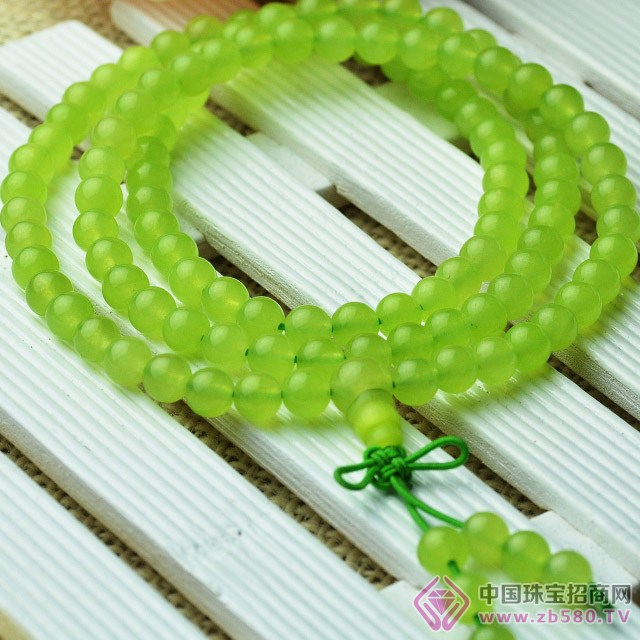The olivine is one of the main constituent minerals of the mantle rock. The various ejected or intrusive basic, ultrabasic rocks associated with mantle material in the earth's crust contain large amounts of olivine.
In the process of contact metamorphism and regional metamorphism, the magnesia carbonate rock layer is born due to metamorphism.
Into the olivine. The metamorphic iron-bearing sediments and dolomitic limestone are composed entirely of olivine. Olivine is also one of the main minerals that make up the stone.
Olivine is quartz-free and therefore cannot be born in granite.

Mineral characteristics
The olive salt is an island-like structure of citrate mineral with a chemical formula of (Mg, Fe) 2 [Sio 4 ], usually composed of a mixture of Forsterite Mg2Sio4 and Fayalite Fe2Sio4. It is an orthorhombic system. The crystal form is often short columnar, and the aggregates are mostly irregular. The color of the pure forsterite is colorless to yellow; the pure iron olivine is greenish yellow; when oxidized, it turns brown or brown. Mostly olive green, yellow green, golden green or grandmother green. Grease is shiny and transparent. The refractive index is 1.654-1.690 and the birefringence is 0.035-0.038, so under the magnifying glass, the bottom of the cut olivine will have a double shadow surface. The pleochroism is not obvious and the dispersion is 0.020. Hardness 6.5-7.0, specific gravity 3.27-3.48. It has a shell-like fracture, which has poor toughness and is prone to cracks. The most similar olivine mineral is Sinhalite, an orthorhombic brown or green-brown mineral with the composition Mgaibo4. Its specific gravity is 3.47 to 3.49, and the low, medium and high values ​​of refractive index are 1.668, 1.699 and 1.707, respectively. The world-famous British Museum once mistakenly identified a borosilicate as an olivine. This gem is produced in Sri Lanka and Myanmar.
Mineral occurrence
Olivine is a fairly common rock-forming mineral and one of the earliest minerals formed during magma crystallization. It is more common in dark-colored or ultra-basic igneous rocks such as gabbro, basalt and peridotite. mineral. Symbiotic minerals are calcium plagioclase and pyroxene.
Custom Women Short,Women Short,Print Short,Cotton Short
SHAOXING OSTAR APPAREL CO., LTD. , https://www.ostarappale.com